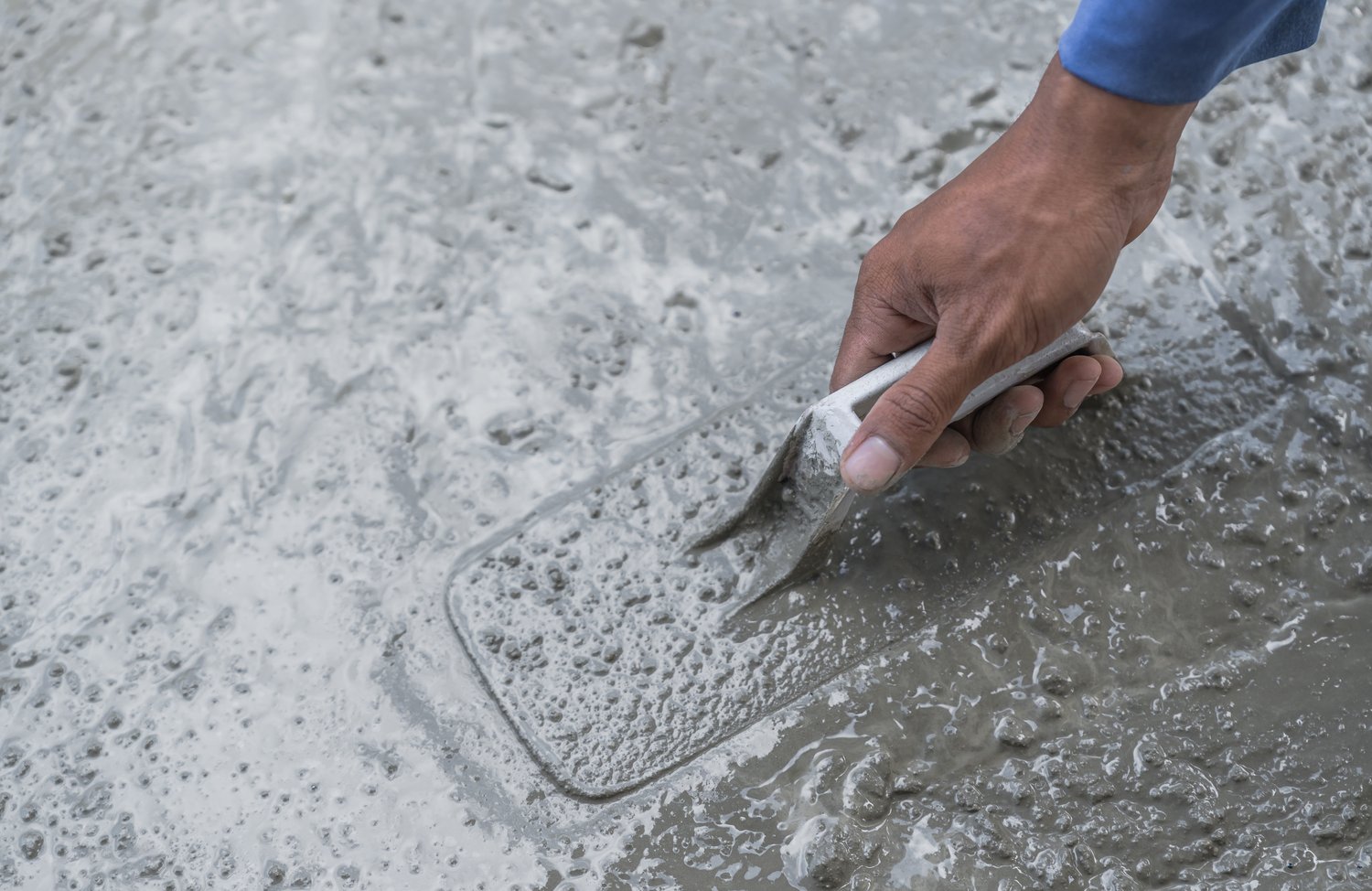Cracks in concrete can often feel like a daunting problem, but what if addressing them effectively could extend the life of your concrete structures significantly? Understanding not just how to repair these cracks, but also the reasons behind their formation is key to ensuring the longevity and integrity of your surfaces. Dive into this guide where we unravel the techniques and strategies to tackle concrete cracks head-on.
- Explore the root causes of concrete cracks, from environmental impacts to poor workmanship, and why this knowledge is crucial for choosing the right repair approach.
- Discover the essential preparation steps that set the stage for a successful repair, ensuring that your efforts are both effective and long-lasting.
- Learn about the various methods and materials available, such as epoxy injections and polyurethane sealants, to find the perfect match for your repair needs.
- Gain insights into best practices that enhance the durability of repairs, preventing future cracking and maintaining your concrete’s beauty and strength.
By following the insights and tips shared in this article, you’ll be equipped with the knowledge to not only repair current cracks but also prevent future issues, ensuring that your concrete structures remain solid and robust for years to come.
Understanding the Causes of Concrete Cracks
Cracks in concrete structures can be unsightly and, if left unattended, may lead to more significant structural issues. Understanding the root causes of these cracks is essential to select the most effective concrete repair strategies.
One common cause of concrete cracks is environmental factors. Temperature changes can lead to expansion and contraction, especially during freeze-thaw cycles, which weakens the concrete over time. Moisture, whether from rain or humidity, can further exacerbate this issue by penetrating the surface and leading to internal erosion.
Poor workmanship is another critical factor. Inadequate mixing or improper curing techniques during the initial pouring of concrete can result in weak points in the structure. This aspect highlights the importance of experienced craftsmanship in the initial construction phase.
Natural aging also plays a role in the development of cracks. As concrete ages, it loses some of its inherent strength and flexibility, making it more susceptible to crack formation under stress or load.
By recognizing these common causes, one can implement targeted and effective repair methods to restore concrete surfaces and enhance their longevity.
Preparation Steps Before Repairing Concrete Cracks
Proper preparation is crucial before embarking on any concrete crack repair project. The success of the repair relies heavily on how well the surface is prepped.
The first step involves thorough cleaning of the area. Remove all debris, dirt, and loose particles using a stiff brush or a vacuum. This ensures that the repair material adheres well to the concrete surface. If the crack is outdoors, a pressure washer can offer an even deeper clean, but ensure the area is completely dry before proceeding.
Drying the crack is the next critical step. Moisture can prevent some repair materials from properly setting, leading to an ineffective fix. Use fans or natural air circulation to help the drying process, if needed.
Finally, a detailed assessment of the crack is necessary. Examine its width, depth, and length to determine the most suitable repair material and technique. Small hairline cracks may only need a simple sealant, while larger, structural cracks could require more robust methods, such as epoxy injections.
By following these preparation steps, you can ensure that your concrete repairs are both effective and long-lasting, providing a restored and durable surface.
Techniques and Materials for Repairing Concrete Cracks
When it comes to repairing concrete cracks, selecting the right method and materials is essential for achieving durable and long-lasting results. Various techniques cater to different types of cracks and their specific causes. Understanding the available options will help you make informed decisions tailored to your repair needs.
Epoxy Injections are ideal for structural cracks that require reinforcement. This method involves injecting a two-part epoxy resin into the crack to bond and restore the concrete’s integrity. The strong adhesion properties of epoxy make it an excellent choice for load-bearing areas.
Polyurethane Sealants are flexible and versatile, making them suitable for non-structural cracks that are subject to movement and vibration. These sealants expand slightly upon curing, effectively sealing cracks and preventing water infiltration, which is crucial in high-moisture areas.
Patching Compounds provide a straightforward solution for surface cracks and cosmetic repairs. These ready-mix materials fill in and smooth over cracks, delivering an even and aesthetic finish. Ensure the surface is clean and dry before applying the patching compound for optimal adhesion.
In selecting the best technique, consider factors such as the crack’s location, size, and the underlying cause. Combining different methods might be necessary for comprehensive repairs, enhancing the structure’s resilience.
Best Practices in Repairing Concrete Cracks for Longevity
Ensuring the longevity of your concrete crack repairs requires attention to detail and an understanding of effective application strategies. Implementing best practices will maximize the repair’s durability and prevent future issues.
Start using high-quality materials and products designed for your specific repair needs. Investing in superior materials pays off in the long run by providing stronger and more resilient repairs.
Proper surface preparation is critical. Always clean the area thoroughly, removing dirt, debris, or loose particles before applying any repair material. This step is crucial for ensuring strong adhesion.
Applying techniques correctly, such as ensuring even distribution and proper curing time, greatly impacts the repair’s effectiveness. Follow the manufacturer’s instructions closely and allow ample time for the repair material to set before exposing it to stress or moisture.
Inspect the repaired area regularly and perform routine maintenance to address minor issues before they become significant problems. Proactive maintenance is essential to extending the repair’s lifespan and maintaining the structure’s integrity.
By following these best practices, you can achieve robust repairs that stand the test of time and keep your concrete structures in optimal condition.
Preventative Measures Beyond Repairing Concrete Cracks
Once you have addressed existing concrete cracks, it’s equally important to focus on preventative measures to minimize the occurrence of future damage. By implementing effective strategies, you can maintain the integrity and longevity of your concrete structures.
Proper Installation: Ensuring high-quality installation is critical. During the initial construction, use the right mix of concrete and follow industry best practices. Consider factors like the climate, load, and location to choose the correct type of concrete. Proper curing methods, such as keeping the surface moist, also play a pivotal role in preventing cracks.
Drainage Improvements: Effective drainage solutions are vital in reducing the risk of cracks caused by water accumulation. Ensure that water flows away from concrete surfaces by grading the landscape properly. Install gutters and downspouts that effectively direct rainwater away. In areas prone to heavy rain, consider additional measures like French drains to prevent water from undermining the concrete’s stability.
Routine Inspections: Conduct regular inspections to catch potential problems before they develop into significant issues. Look for signs of wear, like hairline fractures, and address them promptly. Regular maintenance, such as resealing surfaces, can significantly extend the life of your concrete.
By incorporating these preventative measures and understanding the importance of quality installation, effective drainage, and regular check-ups, you can significantly reduce the risk of future cracks. This proactive approach not only protects your investment but also offers peace of mind knowing your concrete structures remain robust and durable.
FAQs on Repairing Concrete Cracks
Why do concrete cracks need to be repaired?
Concrete cracks must be repaired to prevent water intrusion, structural damage, and further deterioration of the surface.
What are the common causes of concrete cracks?
Common causes include
- environmental factors
- poor workmanship
- natural aging
.
How should I prepare a concrete surface for repair?
Ensure the surface is clean, dry, and properly assessed to enhance material adhesion.
What materials are recommended for concrete crack repairs?
Consider using
- epoxy injections
- polyurethane sealants
- patching compounds
based on the type of crack.
What techniques improve the durability of crack repairs?
Proactive maintenance and effective application techniques can significantly improve repair durability.
How can I prevent future concrete cracks?
Implement preventative measures such as
- proper installation
- drainage improvements
- routine inspections
.





